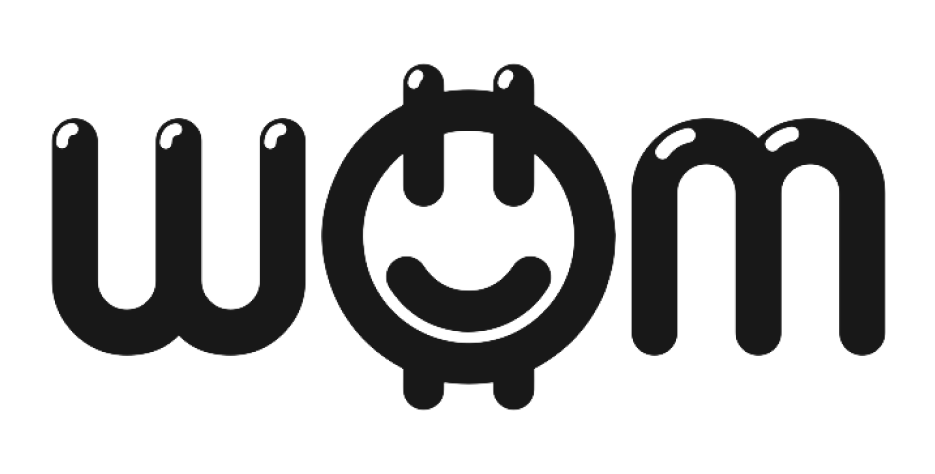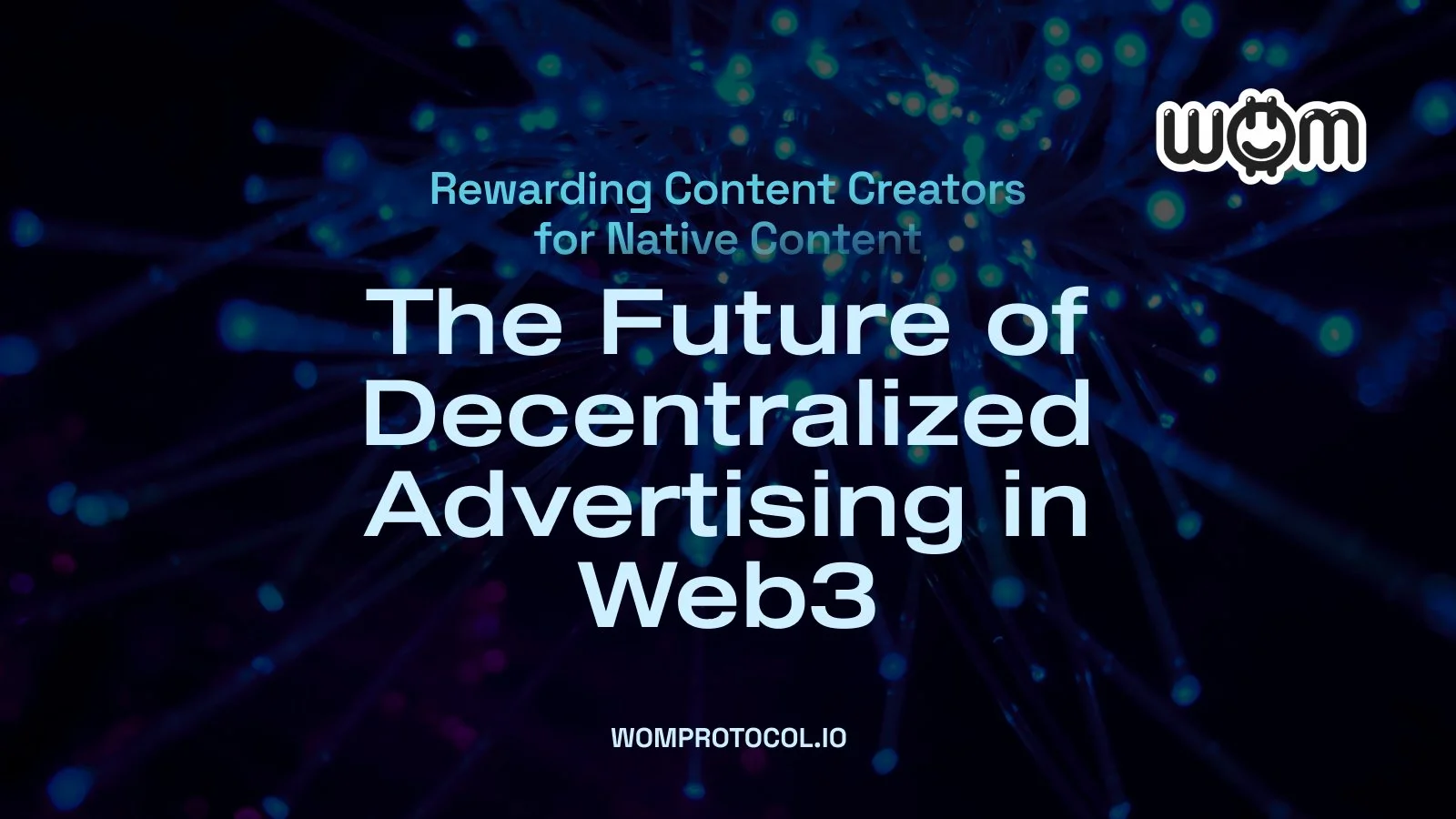The Future of Decentralized Advertising in Web3
Advertising has always been an integral part of the online ecosystem. It's how companies promote their products and services to potential customers, and how many websites and platforms generate revenue. But as the internet has evolved, so has the advertising landscape. The rise of ad-blockers and consumer privacy concerns have forced advertisers to rethink their strategies and find new ways to reach audiences. That's where decentralized advertising comes in.
Decentralized advertising in web3 is a new approach to advertising that leverages blockchain technology to create a more transparent, trustless, and fair system for all parties involved. One of the key features of decentralized advertising is the ability to reward content creators directly for their contributions. Rather than paying intermediaries like advertising platforms and agencies, brands can incentivize consumers to create authentic, high-quality UGC that promotes their products or services.
This is a significant departure from traditional advertising, which typically relies on paying users to view ads or paying intermediaries to place ads on various platforms. By rewarding content creators directly, decentralized advertising creates a more democratic and inclusive advertising ecosystem that benefits everyone involved.
So how does decentralized advertising work?
This is what the WOM Protocol has been developing, iterating and successfully scaling over the past years. In 2022 alone more than 27,886,895 transactions and more than 110k aggregated videos were authenticated.
Users submit their UGC content to the WOM Protocol, where it is distributed to the WOM Authenticator for a quality peer review. Once it passes the peer review, the content receives an overall rating.
The content is then distributed to the WOM Campaign Manager, where brands can discover the content and create campaigns to display the content in their website or boost it inside platforms that have integrated the WOM Protocol. Anytime a brand spends a budget in WOM to launch a campaign, half of the budget is distributed back to the overall “creator fund”. This ensures that the creator fund will never run out to sustainably reward creators, regardless of any brand involvement.
Platforms are incentivized to display the WOM content as they are also rewarded for being the interface to deliver the content to wider audiences. This means that platforms show UGC content, which is native to their users, and which does not compromise the user experience.
A win-win.
Rewards are distributed in the form of the WOM Token, a cryptocurrency which can be easily tracked and verified on the blockchain. In addition it allows all the micropayments needed to reward creators. Creators earn based on the content rating and the content engagement.
This creates a transparent and immutable system that prevents fraud and ensures that rewards are distributed fairly (even to creators who might not have the most followers, but could have an amazing content rating!).
Why does native content create a better user experience?
One of the key advantages of decentralized advertising is the ability to create native content that is relevant and engaging to the platform's audience. Native content is content that is created specifically for the platform, rather than being repurposed from other sources. By incentivizing content creators to create high-quality, native content, brands can create more engaging and relevant advertising campaigns that resonate with their target audience.
This can lead to a better user experience for all users on the platform, as they are more likely to engage with content that is authentic and relevant to their interests. It can also create new revenue streams for content creators, who can earn rewards for creating UGC about brands that they love and support.
This can lead to a more diverse and vibrant ecosystem of content creators, who are motivated to create content that resonates with their audience. As more users become aware of the benefits of decentralized advertising, we can expect to see a shift in the way that brands approach advertising. Rather than relying on traditional advertising channels, brands may start to invest more heavily in creating authentic, engaging UGC that resonates with their target audience.
Decentralized advertising in web3 has the potential to revolutionize the way that brands and users interact. By leveraging blockchain technology and incentivizing content creators to create high-quality, native content, brands can create more engaging and relevant advertising campaigns that resonate with their target audience. This can lead to a more democratic and inclusive advertising ecosystem that benefits everyone involved.

